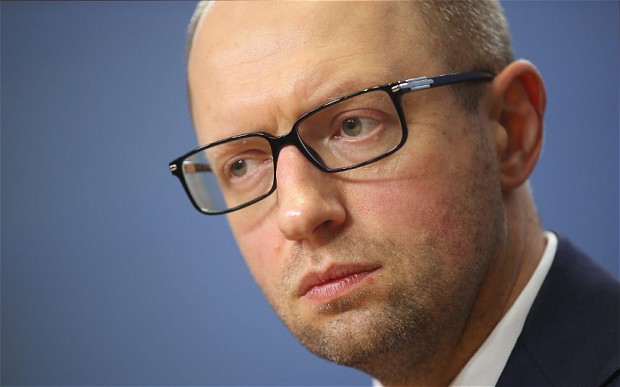As an organisation that aims to promote economic peace and security, NATO is no stranger to the harsh reality that geography and natural disasters, in the form of landslides, hurricanes, and desert conditions often pose severe obstacles to peace and security. The existence of barren land that stops people growing crops, or tsunamis displacing people, lead to poverty, insecurity and sometimes this results in unrest.
Luckily, as technology improves geography is not an insurmountable obstacle. Japan has moved to building earthquake proof buildings. Flood-prone areas build houses on stilts to mitigate the effects of floods. Working with the natural environment may be another avenue for NATO to engage in to enhance its goals of achieving peace and security in developing regions. While it may seem that it is easier to combat this in countries where vast amounts of capital are available, below we will discuss an endeavour that combines the natural climate conditions with enterprise to improve living conditions.
The edge of the Atacama Desert, considered among one of the driest places on earth, is where Lima, capital of Peru, is located. It receives almost no rainfall. This means about 700,000 people have limited access to clean water for drinking or bathing and this can result in disease amid poverty – a breeding ground for unhappy people.
Peru, however, has managed to respond to this situation. Engineers from Peru’s University of Engineering and Technology (UTEC) have discovered an ingenious social enterprise that uses the resources available to them to solve this problem. Lima’s Pacific Coast location means the city experiences humidity of more than 90 percent on summer days, from December to February. Last December, the engineers erected a structure in the Bujama District of Lima turned the humid air into usable water. By early March, the structure had produced 9450 liters (about 2500 gallons) of water.
[captionpix align=”left” theme=”elegant” width=”370″ imgsrc=”http://natoassociation.ca/wp-content/uploads/2013/12/5.jpg” captiontext=””]
Great ideas and inventions like these are born everyday, but often do not get developed because they require funding. Appeals are made to NGOs and to Trust Funds but after a while this proves unsustainable as no donor agency is able to constantly hand out capital. The best projects, therefore, are ones that can become self funding.
Some cross-field thinking has allowed this project to become exactly that – self-sustaining. When UTEC wished to boost its enrolment numbers, it took its new invention to a marketing agency. The marketing agency decided that the best way to advertise the university was to visibly display this project where people could see it. From this, the partnership of minds of engineers and marketers, came the idea to turn this structure into a billboard on which clients could advertise. The water-collecting billboard was born.
Today, electricity from the city’s power lines runs five condensers inside the billboard and as in an air conditioner, the humid air that enters the billboards’ ducts hits the cool surface, the water vapour in the air condenses and turns into liquid water. It is then purified and flows down into a 20-litre storage tank at the base of the billboard. At the storage tank, there is a tap from which citizens can draw water. The billboard generates 96 liters of water each day.
This is an ingenious idea as advertising space is something companies always want and are willing to pay for. Companies will certainly pay to advertise their goods on these billboards, and this fee will, overtime, cover the cost of the construction of the specialised billboards, which cost approximately $1200 to install. Furthermore, companies may be willing to pay the slightly higher price to advertise on these boards as it will paint them as socially responsible corporations. In fact, companies advertising on these boards will know that they have a target, a captive audience of citizens coming to collect water on a daily basis, making it the perfect location to advertise low order goods such as soap, chocolate bars, butter spreads, and maize meal – all products that these citizens will be looking to purchase. Thus from a marketing point of view this is an extremely desirable advertising space as consumers may start to associate the goods that are advertised with the benevolent free water that drips from the billboard.
As we move through the 21st century, projects such as these can help to develop and sustain the peace and security that NATO works to foster.




